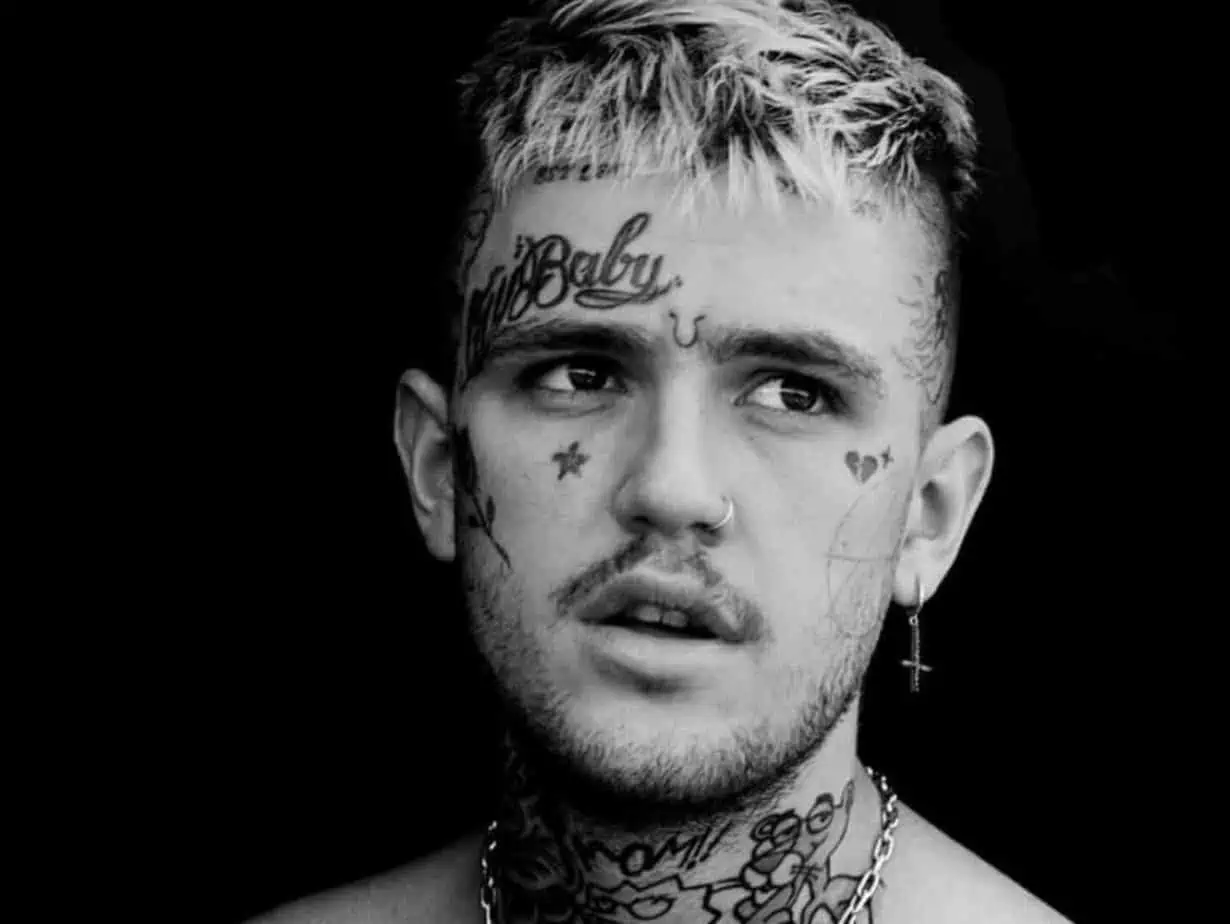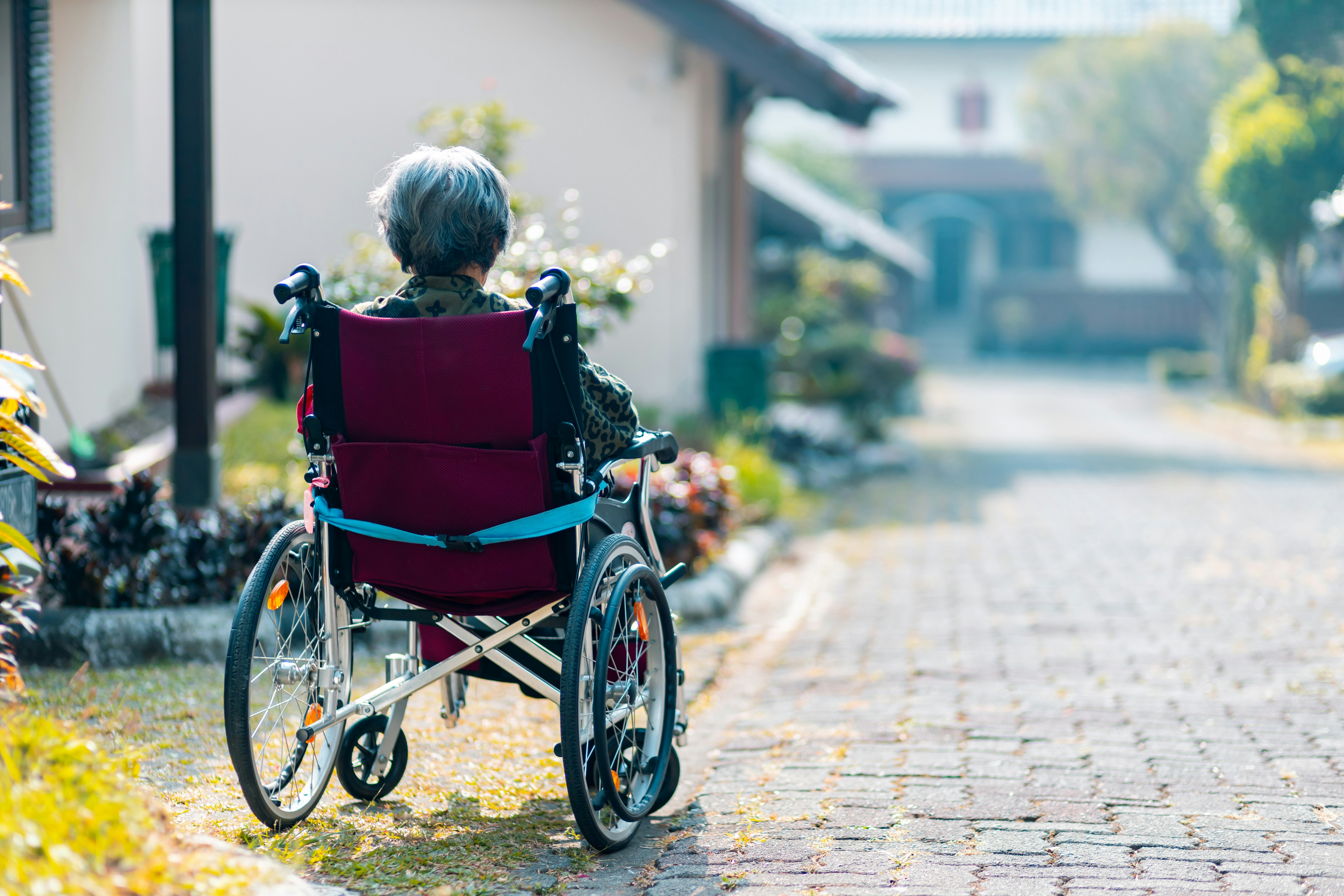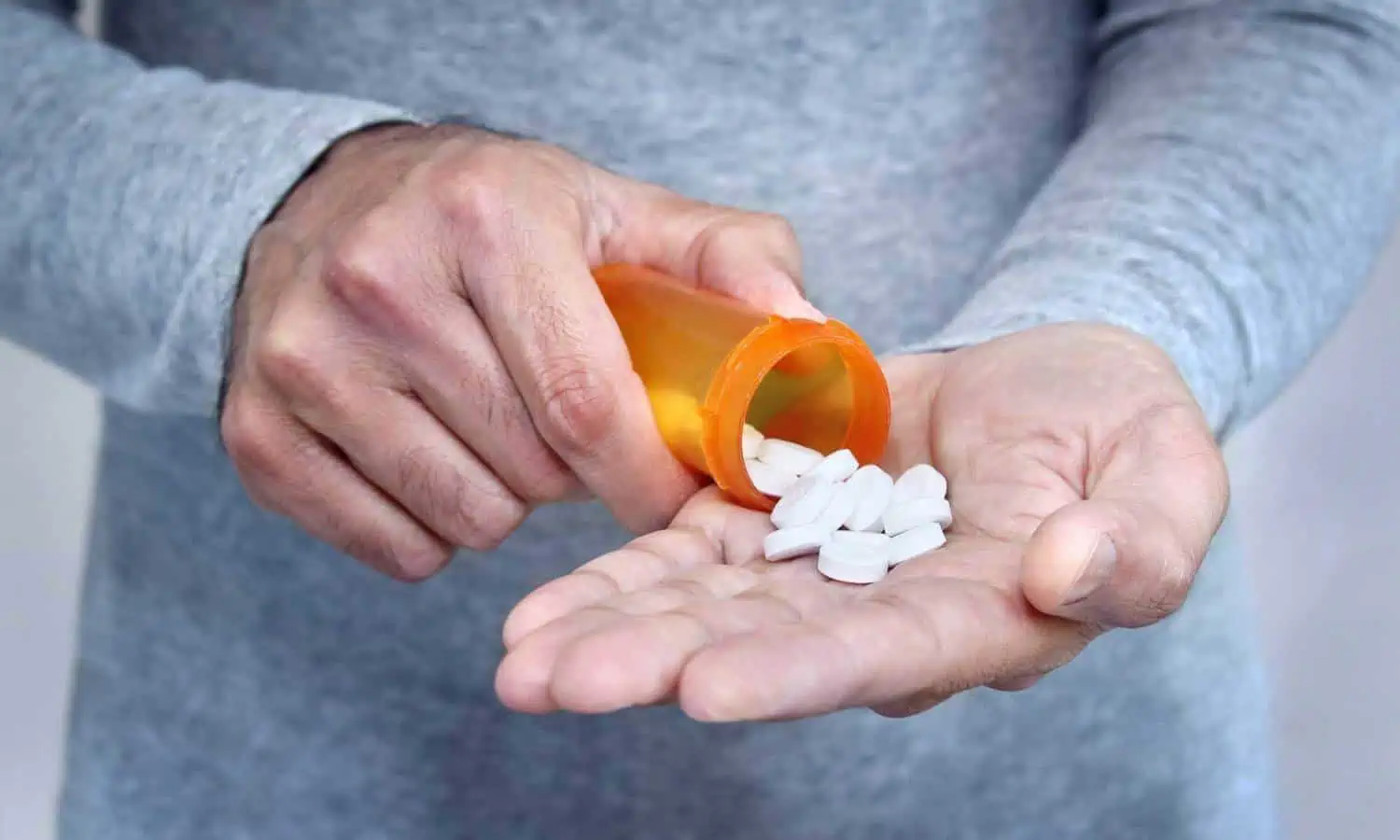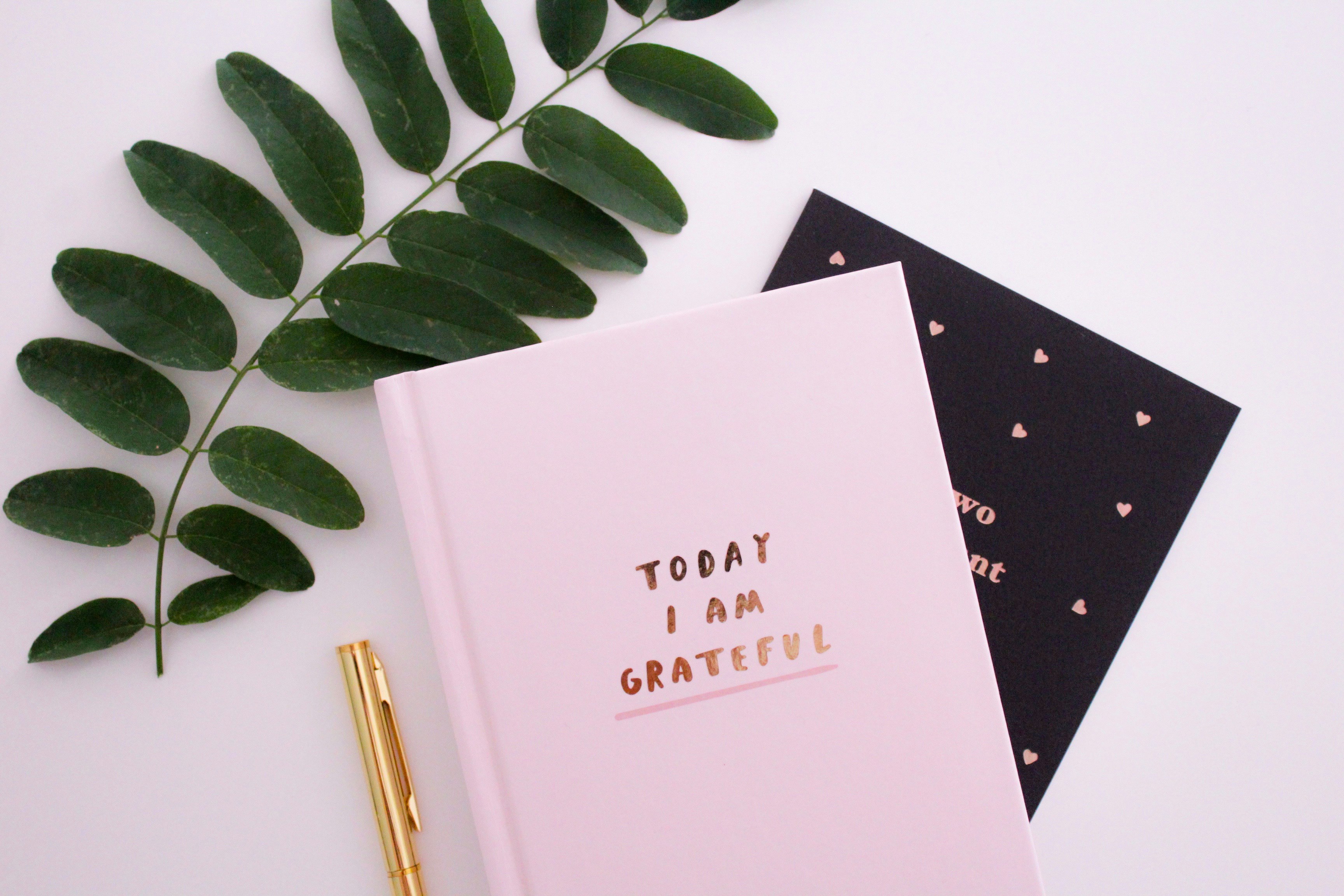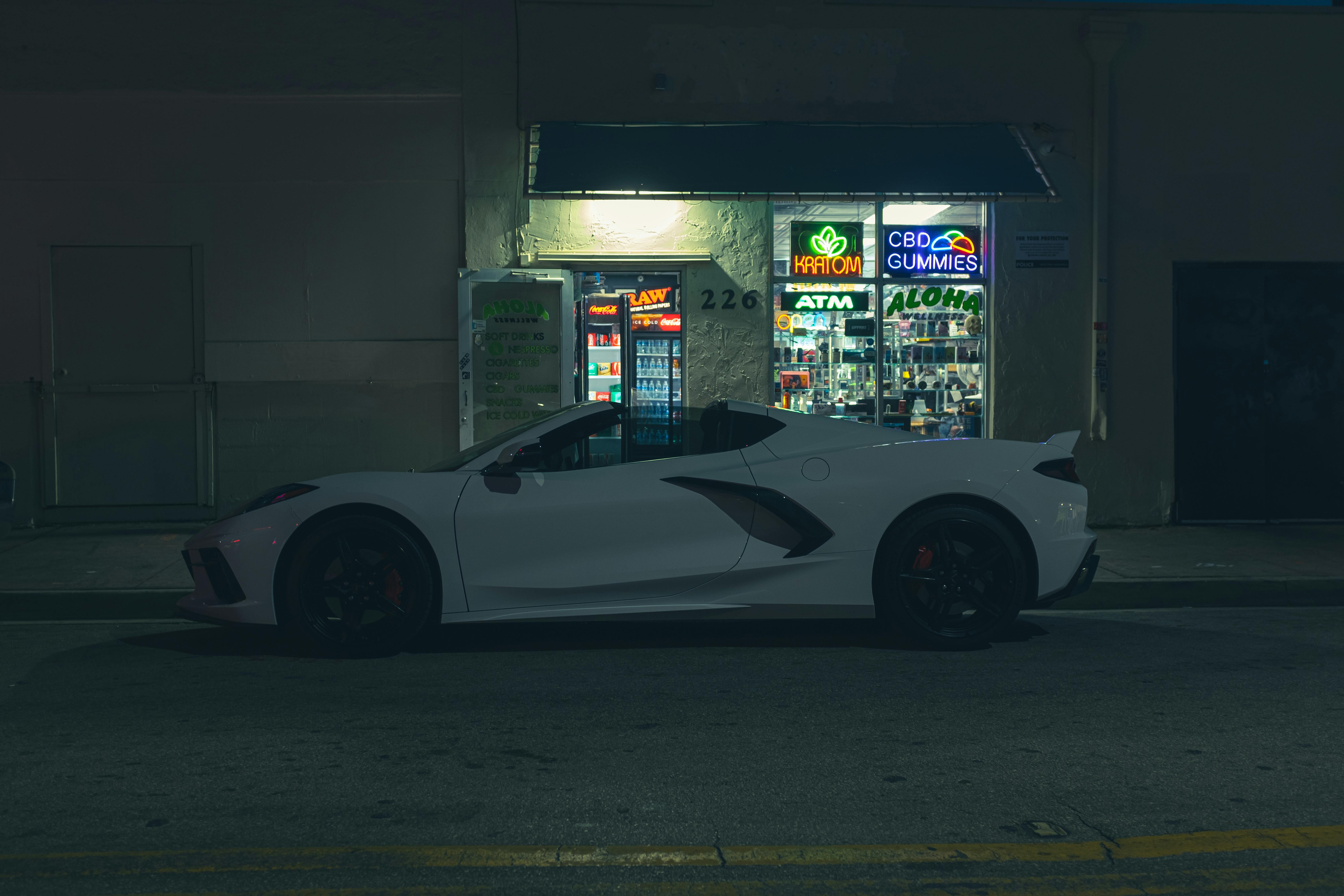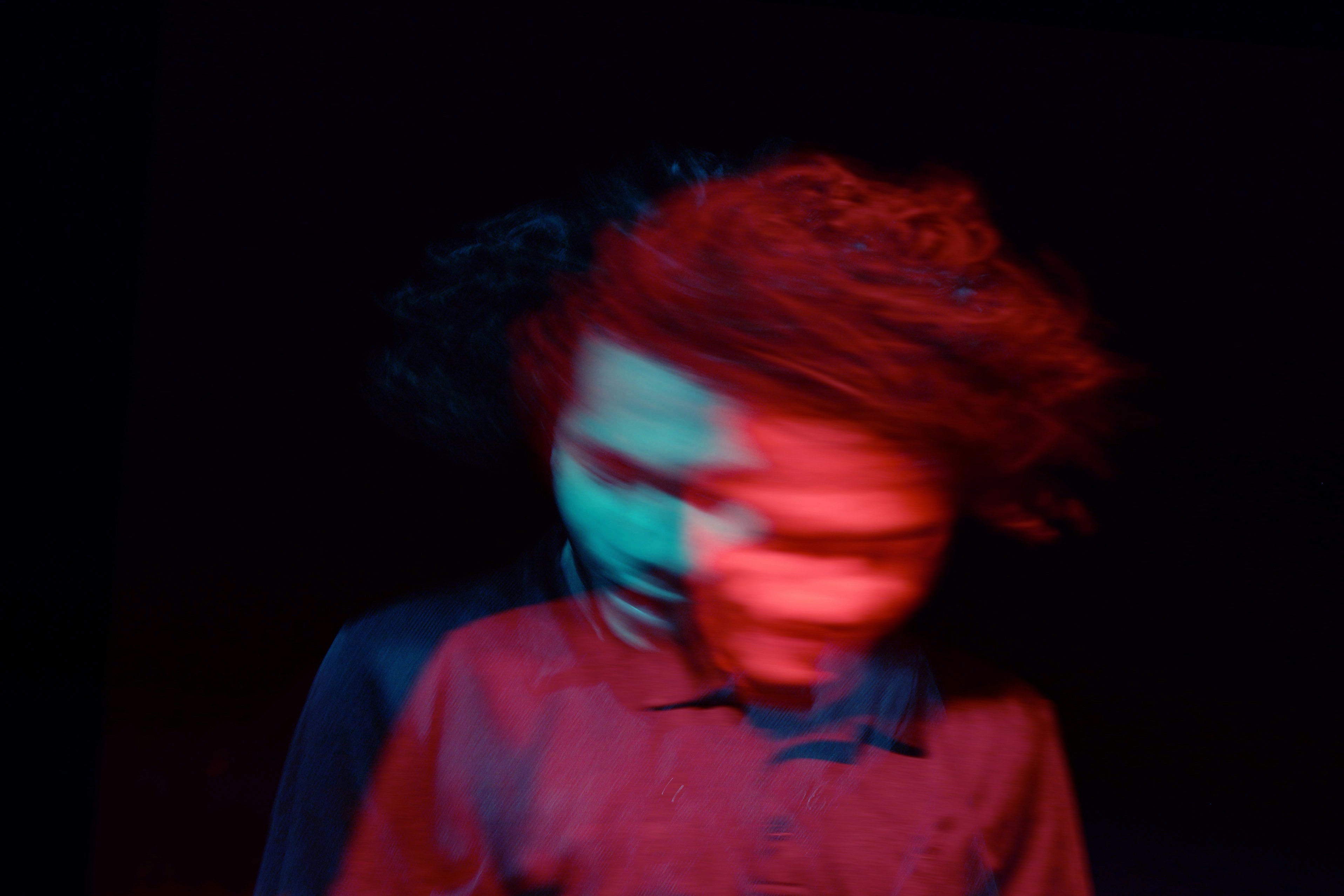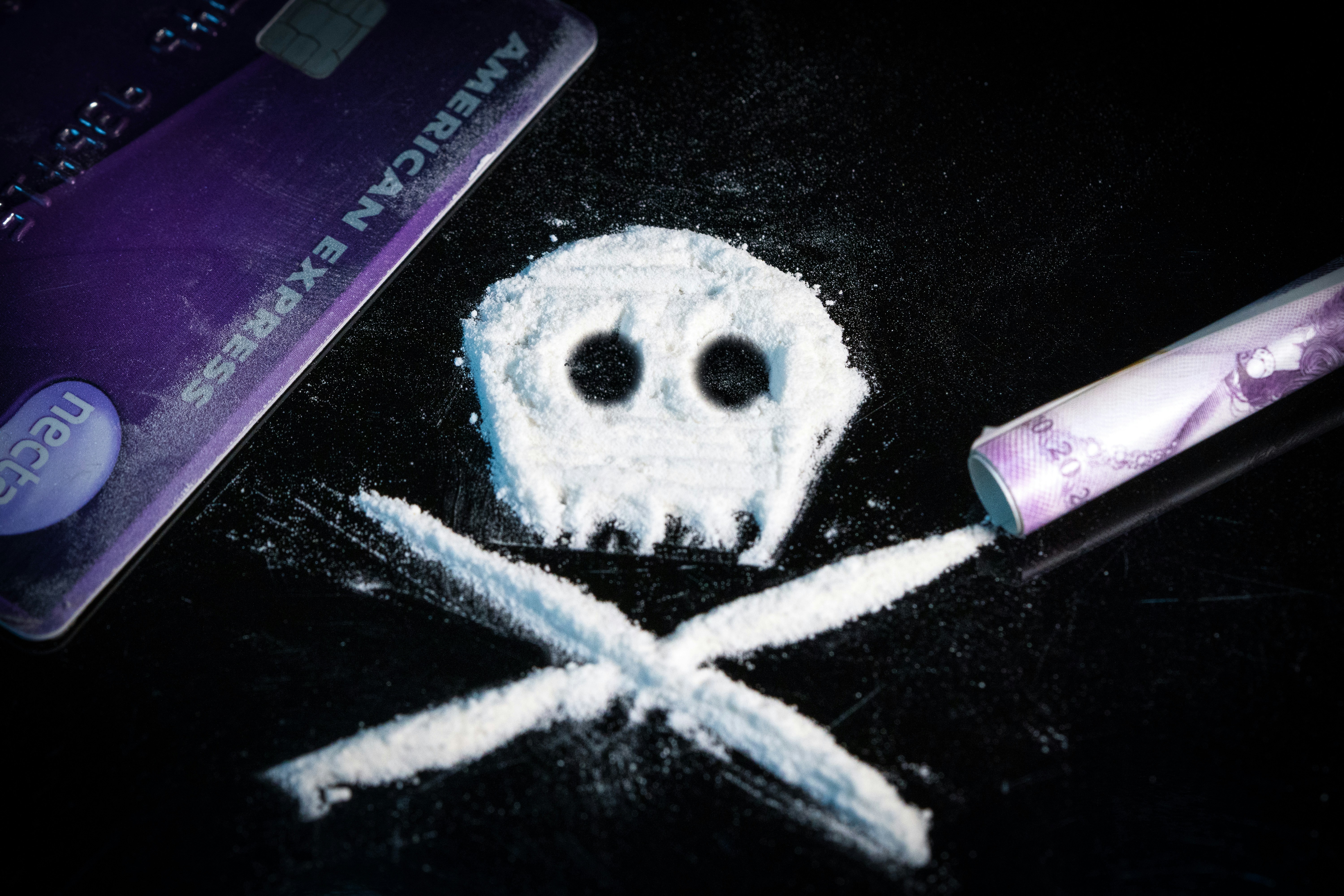On November 16, Gustav Åhr, a promising young rapper known as Lil Peep, passed away from a suspected accidental Xanax overdose. Reports show the rapper took a nap in his tour bus prior to a scheduled performance and never woke up. He was only 21. The tragic passing of Lil Peep, who was open about his battle with substance abuse and depression, has ignited a conversation about the misuse of prescription drugs in the rap community and beyond.
Historically, rap artists have written about and have sometimes been personally involved in drug culture, often talking about drugs like crack and marijuana. But in recent years, there has been an increasing normalization and glorification of self-medication through prescription drugs ⎼ particularly Xanax. In the past year alone, numerous rappers have released songs with references to prescription drugs. In “XO TOUR LIif3,” Lil Uzi Vert raps that, “Xanny, help the pain, yeah, please, Xanny, make it go away, I’m committed, not addicted, but it keep control of me.” Future’s song “Mask Off” is all about his drug use, including the catchy hook, “Percocets, Molly, Percocets.”
Tragically, Lil Peep posted a video just hours before he died that included the caption, “I need help but not when I have my pills but that’s temporary one day maybe I won’t die young and I’ll be happy?” The cause of Lil Peep’s lethal overdose was Xanax laced with fentanyl. The autopsy also found traces of marijuana, cocaine, and the painkiller Tramadol.
His death has caused an outpouring of condolences and concern from artists from all genres of the music industry. It has also brought the discussion of addiction and the larger opioid crisis to the forefront, particularly where the easily-accessible Xanax is concerned.
The Truth About Xanax
Xanax has become a part of broader mainstream culture, with many people knowing someone who has taken it, or at the very least, hearing about it in songs by their favorite artists. Due to this, many are unaware of dangers that are associated with both the use and misuse of Xanax.
Xanax is meant to be taken to help with symptoms related to anxiety and panic disorders, though it can also be used to help situational anxiety. Even when it is taken as directed, a tolerance can develop. And, when it is used recreationally, there is an increased chance of addiction.
From 2004 to 2009, Xanax production increased by 148 percent, and it is estimated that doctors write more than one prescription per second. In 2015, it was the ninth best-selling drug and the fifth most prescribed drug in the United States. Further, it is estimated that roughly 15 percent of adults have Xanax in their medicine cabinet. More disturbingly, 70 percent of teens addicted to Xanax got their first dose from their home medicine cabinet.
Xanax has a short half-life, so the effects of it are felt very quickly by users, and it is incredibly easy to develop a physical dependence on the medication. This forces users, especially those who use it recreationally, to seek out higher and higher doses to feel the same relaxing effects. When combined with other depressant substances like opioids and alcohol (which suppress breathing), there is an increased risk of overdose, and ultimately, death.
Battling the Opioid Epidemic
The opioid epidemic has been a menace to the nation on its own, but benzodiazepines are aggravating the problem: they have been involved in 30 percent of opioid overdoses. Despite the constant news headlines and ever spiking statistics on overdoses, not much is being done to combat the problem. In October 2017, President Donald Trump announced that he would have the Department of Health and Human Services officially declare the opioid crisis a public health emergency. While Xanax is not an opioid, benzodiazepines (like Xanax) and opioids can be commonly prescribed in tandem, and both are easy to get even without a prescription.
Beyond that, combating the opioid crisis involves targeting the core of the issue: addiction. In 2009, opioids and benzos accounted for 68 percent of all emergency room visits for overdoses, and the use and prevalence of the drugs has only increased since then. To relieve the opioid crisis, it will take tens of billions of dollars according to experts, and yet only $1 billion has been allocated by the federal government to be used over two years. As evidenced by the 170 daily drug overdoses – 90 of which come from opioids – this will have disastrous consequences.
While Lil Peep’s death is tragic, we are hopeful that it will shine a light on the dangers of self-medication and addiction. It is time to have a serious conversation about addiction, break down the stigma, and demand action.
If you or a loved one is struggling with addiction, Mountainside can help.
Click here or call (888) 833-4676 to speak with one of our addiction treatment experts.

 By
By 